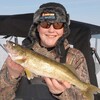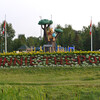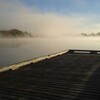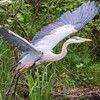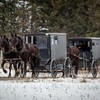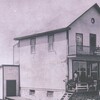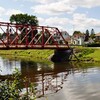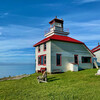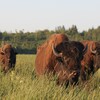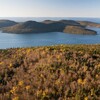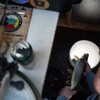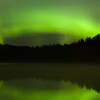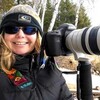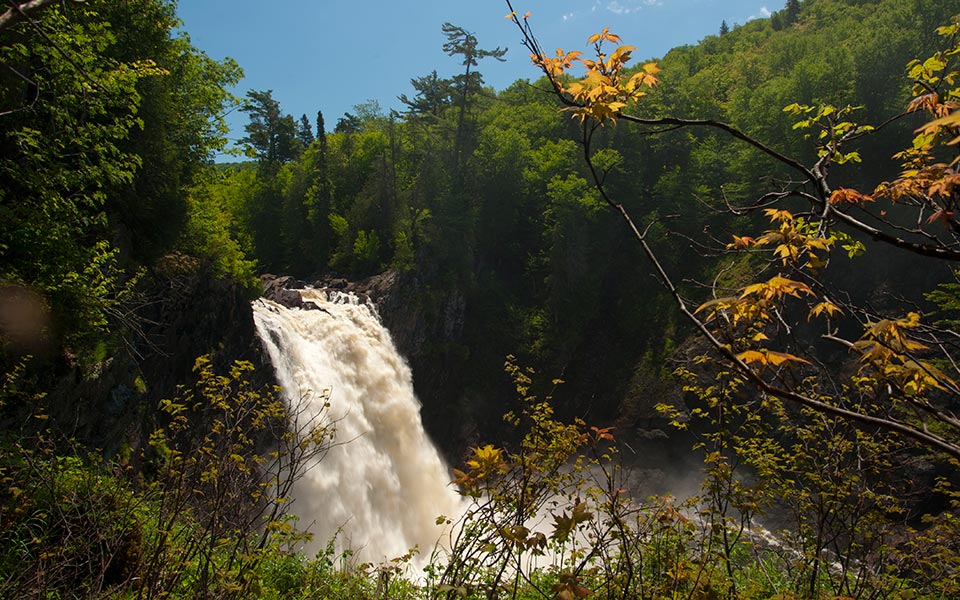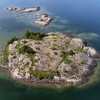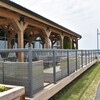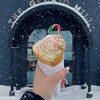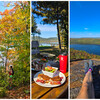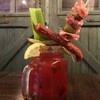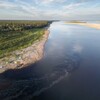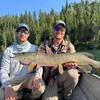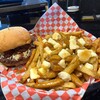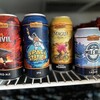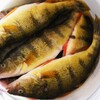
Dawn Of The North: Photographing The Northern Lights

Northern Lights are synonymous with the name Aurora Borealis, which means "dawn of the north". Aurora was the goddess of the dawn according to Roman myths. If you want to know more about Auroras, check out these fun facts from Canadian Geographic.
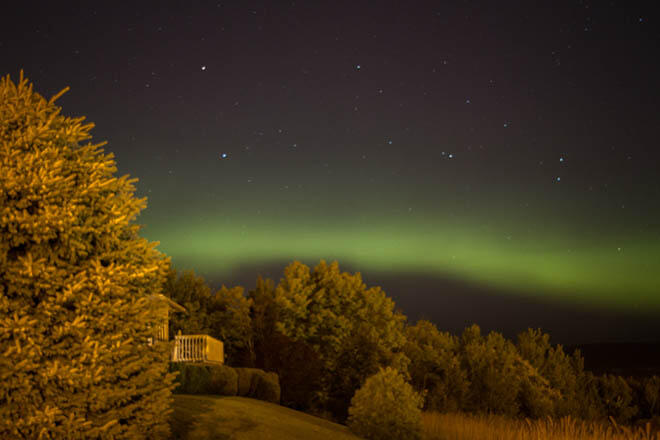
An Aurora can be viewed when there is high geomagnetic activity and when the aurora oval extends down into our region. As a photographer, you are always checking your sources for a night when it will all come together and you will see an aurora.
The Algoma region requires a Kp-index reading (see map here) of about 5 or higher to see an Aurora. Auroras are rated from 1 - 9 Kp in North America. I use an Aurora chart on the Google App: Aurora Alert App for Android to help guide me on when it might be a good night to venture out to look for the aurora. This is just a guide, and it does not mean you are certain to see one. There are many factors that might impede this, such as time of year, weather, light pollution, time of day, and location. Other websites to track Auroras are:
- Canadian Space Agency - The Northern Lights
- Current Northern Lights Status
- Space Weather Prediction Center
- Soft Serve News

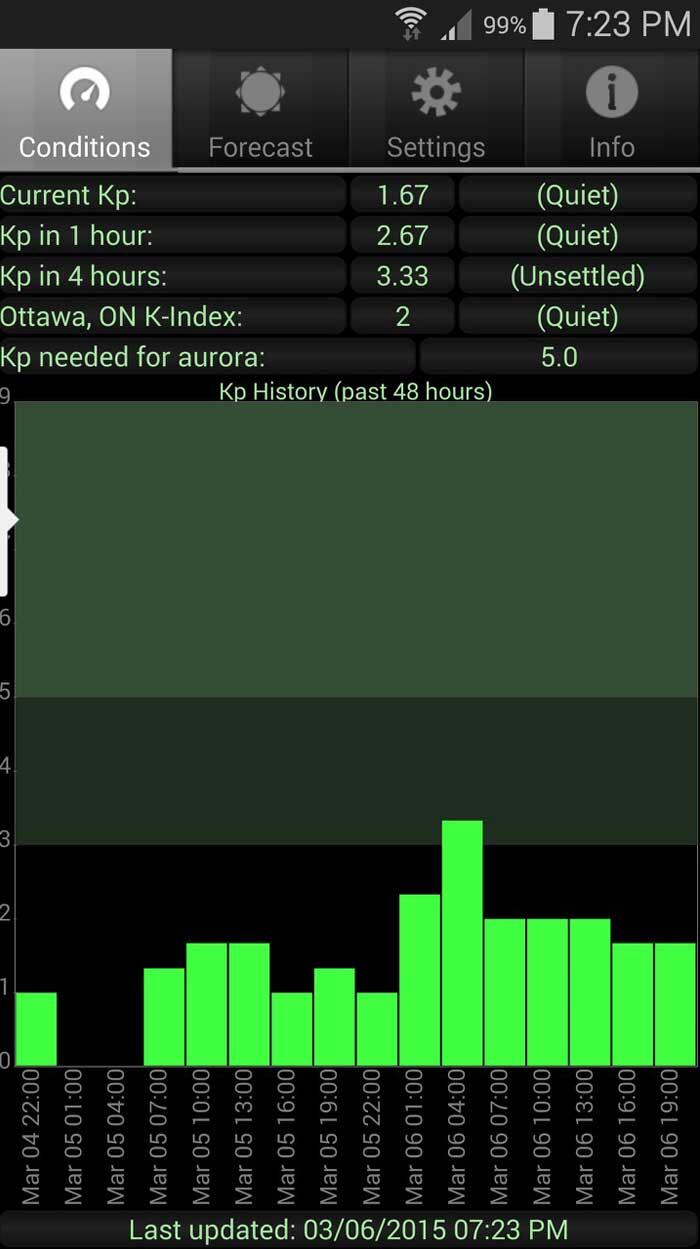
Auroras are at their peak from September to March for maximum viewing. However, it is possible to see them throughout the year after dark, anytime between 6 pm and 4 am. Unpredictable Solar Storms can cause Aurora viewings quite a bit further south than the Algoma area.
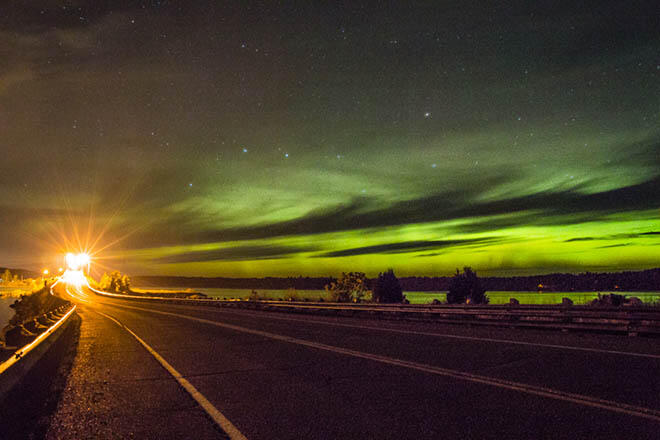
The weather could make or break whether you will view an aurora. It can be very frustrating when all of your sources are stating a high aurora reading or solar storm, and you can't see a thing due to snow or rainstorm, cloudy sky, or fog. The opposite can happen. It could be a beautiful crisp, clear night, and the aurora reading is weak, and there are no solar storms. There is no sure scientific method to guarantee a good viewing at night.
Light pollution can hamper the success of great Aurora pictures. Light pollution can be city lights, a full moon, or cottage lights. It is best to be in a very dark and remote area.
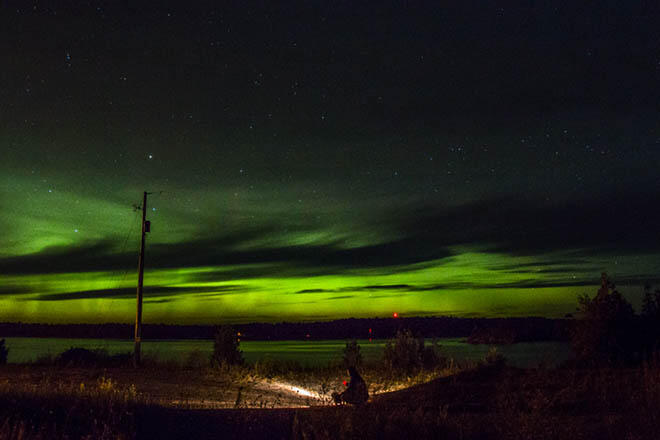
The following map shows some of the best places to see an Aurora in Canada: www.canadiangeographic.ca. It is important that you look for locations that face north with few obstructions in the way. The higher the altitude and the further north you go, the better you might get a view.
If you are on Facebook, there are a few Aurora Borealis pages you might be interested in. They are:
I have been fortunate to photograph a few Auroras in Algoma. They have been visible at the top of Finn Hill in Sault Ste. Marie, on St. Joseph Island, and along the shores of Lake Superior.
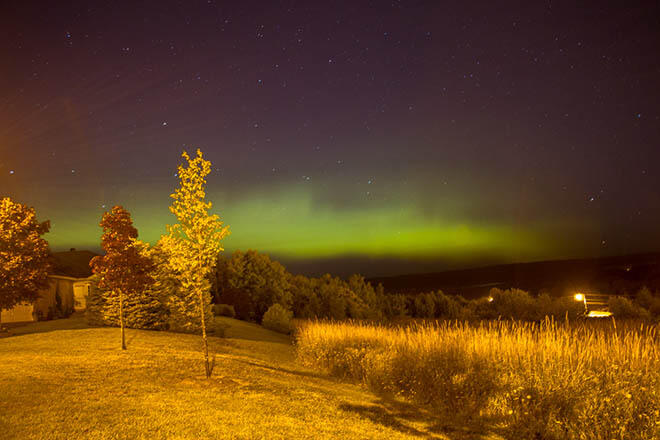

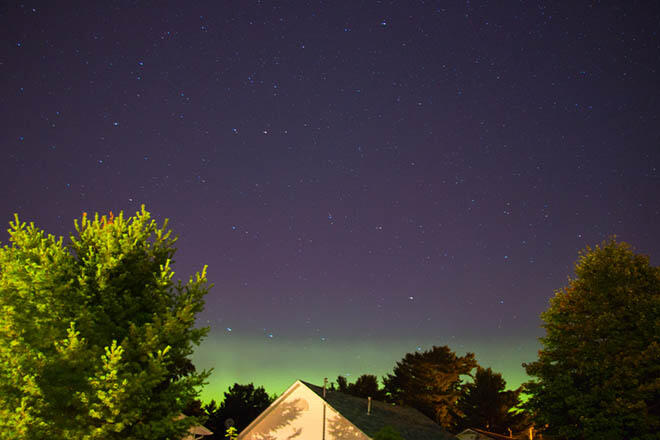

So follow the sources listed, become a night owl, pack your photography gear, a headlamp or flashlight to watch your step, dress warm and get out and enjoy the nighttime spectacle named Aurora. It will be worth the hunt and the lack of sleep.
I wonder if tonight will be another good night.
Recommended Articles

The Group of Seven in Algoma

9 Facts to Know about the Agawa Canyon Tour Train


